Gta 5 Cars Easy to Flip Over Stranger Things Season 2
Evolution of Grand Theft Auto: Milestones From Every GTA
Life of Crime
While the Grand Theft Auto series rose to prominence when it transitioned to 3D with Grand Theft Auto III, it had already been around for several years at that point. From its early days to GTA V's release and subsequent four years of success, GTA has become one of gaming's most influential franchises ever over its 20-year history, helping to redefine open-world design and gameplay.
It's hard to believe, but the series' fourth entry just turned 10 years old. To commemorate the 10th anniversary of Grand Theft Auto IV, we're detailing the advancements and innovations that each of the series' entries introduced. From its humble beginnings on PS1 and PC to the staggeringly persistent sales of Grand Theft Auto V, here's a look at the evolution of GTA and how it transformed into the household name it is today. For a visual look at what we discuss here, check out the video version of the evolution of Grand Theft Auto.
Following in the huge success of the series, its latest entry Grand Theft Auto V's online mode continues to do well. For the latest news and updates on GTA V's online mode on PlayStation 4, Xbox One, and PC, follow our full coverage.
If you're curious about the history and evolution of other big gaming franchises, watch our in-depth video features on the history of games and series like Uncharted, Assassin's Creed, and even games based on the Lord of the Rings.
Grand Theft Auto
Platforms: PC, PS1
Release Date: October 1997
The first Grand Theft Auto must look archaic to fans of the more modern entries of the series. Its top-down perspective and jagged polygonal graphics are a far cry from the expansive, detailed city spaces we've come to expect. However, the game is still as crime-focused, mature, and violent as the series' subsequent entries.
At the time, Grand Theft Auto was a pioneering game that helped introduce the concept of open-world design to action games with its free-form, objective-based missions. The freedom it gave you to pursue missions and explore laid the groundwork for many of the series' hallmarks. It also introduced the three major fictional cities the series has often used as settings: Liberty City, San Andreas, and Vice City.
Grand Theft Auto: London 1969
Platforms: PC, PS1
Release Date: April 1999
Grand Theft Auto: London 1969 is an expansion for the first game. It introduced a new city to explore and expanded the number of cars to drive and activities to take part in, though it didn't change the formula of the original. Notably, London 1969 was the first standalone expansion pack to ever release on PS1.
Grand Theft Auto 2
Platforms: PC, PS1, Dreamcast, Game Boy Color
Release Date:
- PC: September 1999
- PS1: October 1999
- Dreamcast: May 2000
- Game Boy Color: December 2000
While not the genre-redefining step that its successor would become, Grand Theft Auto 2 was a solid step forward that expanded on the groundwork established by the first game.
Its major evolutionary shift came from its mission design. Instead of being forced through a linear sequence of missions, you now had the choice to freely accept missions from different--often opposing--gangs at any time. (Zaibatsu for life.) This created a chain of events that influenced how gangs perceived you.
Also new were side missions, which have since become a staple of the series. When not playing through the story content, you could earn money by being a taxi, bus, or delivery truck driver. In addition, the game saw advancements in pedestrian behavior; people would walk on the street or enter public transportation vehicles, and if they were criminals, steal cars or engage in random fights with the police.
Interestingly enough, Grand Theft Auto 2 released on four different platforms--even receiving a port on the Game Boy Color. The game would be the final core entry in the series to strictly utilize a top-down view--although an optional camera mode resembling it was included in Grand Theft Auto III and served as the inspiration for a GTA Online racing mode.
Grand Theft Auto III
Platforms: PS2, PC, Xbox
Release Date:
- PS2: October 2001
- PC: May 2002
-
Xbox: October 31, 2003
While Grand Theft Auto 1 and 2 were both proofs of concept for what an open-world action game could be, it was Grand Theft Auto III that took that idea to the next level. Unlike in its predecessors, you were free to walk from a third-person perspective through a living, breathing 3D city.
This simple shift in perspective increased your immersion within its world. With the open-world structure of its predecessors once again at play, the ability to freely take on missions or simply cause chaos was a satisfying and innovative gameplay loop. Storytelling was also more greatly emphasized this time around, with celebrity voice acting (Michael Madsen, Kyle MacLachlan, and Robert Loggia all played roles) and dramatic cutscenes. The protagonist, however, had little personality or backstory and wouldn't even get a name until a minor moment in San Andreas.
GTA III let you take to the sky for the first time, albeit in inelegant fashion. The Dodo was a biplane that could be found in the airport as a secret of sorts, but flying it took extreme precision and patience. Additionally, this was the first game in the series to add Hidden Packages as a secret collectible for players to hunt down.
While the game first released on PS2 in 2001, it later launched on PC in 2002 and Xbox in 2003. It was the first in a trilogy of Grand Theft Auto games that would come out within the next few years and influenced countless games to come.
Grand Theft Auto: Vice City
Platforms: PS2, PC, Xbox
Release Date:
- PS2: October 27, 2002
- PC: May 12, 2003
-
Xbox: October 31, 2003
Released a year after GTA III, Grand Theft Auto: Vice City was an iterative sequel that expanded on III's framework. It offered an even more detailed city that was packed with new missions and vehicle types, like motorcycles and helicopters. Amid subtle quality-of-life improvements, one of the game's major additions was the ability to purchase businesses and properties, allowing you to increase your revenue stream and feel like you were making a mark on the game world.
The game's narrative presentation also received an upgrade, featuring a protagonist who actually talked (unlike GTA III's Claude) and felt like a proper character. Its story centered on Tommy Vercetti (voiced by actor Ray Liotta), a former member of the mob who was set up and had to take over the city before its violent gangs killed him.
Inspired heavily by Scarface, Vice City is most remembered for its 1980s time period, which it used predominantly in its satire of American pop culture. The game's soundtrack in particular is often considered one of the most iconic licensed video game soundtracks ever and helped the game to nail its '80s atmosphere.
While Vice City was first released as PS2-exclusive in 2002, it would later launch on PC and Xbox in 2003.
Grand Theft Auto: San Andreas
Platforms: PS2, PC, Xbox
Release Date:
- PS2: October 26, 2004
- PC & Xbox: June 7, 2005
The third and final entry in what became known as the GTA series' "3D universe," Grand Theft Auto: San Andreas again built on the previous two games while taking players to another radically different setting. The titular San Andreas was absolutely massive; while III and Vice City allowed players to explore different portions of a single city, San Andreas dramatically expanded on that with full-fledged takes on Los Angeles (Los Santos), San Francisco (San Fierro), and Las Vegas (Las Venturas).
At the time, San Andreas's world was staggeringly large--which is just as well, as it needed that space to facilitate the newly introduced trains and planes. The latter finally provided a more rapid form of air transport, as previous games limited players to helicopters, the hard-to-fly Dodo, and, in Vice City, a single seaplane.
San Andreas's story centered around Carl Johnson, who was a more dynamic protagonist than previous characters. The game introduced a new RPG-style character progression system that allowed Carl to grow in a number of ways--both figuratively and literally. Heading to the gym and taking part in mini-games provided the opportunity to increase his stamina and strength, but he also had to eat. Indulge in too many cheeseburgers and he would gain a substantial amount of weight, which could impact gameplay. As a whole, the game featured a marked shift toward focusing West Coast street gangs and was heavy influenced by 90's hip-hop culture.
As with the two previous games, San Andreas debuted on PS2 before later being ported to both PC and Xbox.
Grand Theft Auto Advance
Platforms: Game Boy Advance
Release Date: October 26, 2004
Grand Theft Auto Advance, which was officially marketed under the name Grand Theft Auto, was the first entry in the series released exclusively on handheld devices. It released alongside San Andreas, but despite the move to 3D in the console games, Advance used the top-down perspective and Liberty City setting of earlier entries.
Advance did mix in some elements of more recent games, adding side missions from GTA III and the ability for cars to flip over. Despite the ambition of bringing GTA to a handheld, the game was maligned for its mediocre story and technical limitations. It marked the only game in the series developed outside of Rockstar, having been created by Digital Eclipse.
Grand Theft Auto: Liberty City Stories
Platforms: PSP, PS2
Release Date:
- PSP: October 24, 2005
- PS2: June 6, 2006
Although it's been forgotten by many, Grand Theft Auto: Liberty City Stories was a significant game for the series. It marked the first 3D GTA game released on a handheld, bringing a comparable version of Liberty City from GTA III to PlayStation Portable. It also introduced a six-player local multiplayer mode, marking the franchise's first foray outside of single-player.
Liberty City Stories was a prequel game starring one of the characters you met in the game on which it's based--in this case, GTA III's Toni Cipriani.
Grand Theft Auto: Vice City Stories
Platforms: PSP, PS2
Release Date:
- PSP: October 24, 2006
- PS2: March 5, 2007
Like the console games, the Liberty City entry on PSP was followed up not long after by a game set in Vice City. Titled Grand Theft Auto: Vice City Stories, the game was less novel than the previous one, as it couldn't pass itself off as the first handheld 3D GTA, nor did it introduce any major features that would become mainstays.
However, it did improve on Liberty City Stories, providing a larger overall experience with longer missions and more memorable characters. There was also a new empire system where you could take over properties, install illegal businesses, embark on missions to upgrade them, and then reap the rewards. Multiplayer also evolved with new competitive modes, but it remained a local-multiplayer-only affair.
Grand Theft Auto IV
Platforms: PS3, Xbox 360, PC
Release Date:
- PS3 & Xbox 360: April 29, 2008
- PC: December 2, 2008
As the first numbered entry in the series in more than six years and the beginning of what's known as the "HD universe," Grand Theft Auto IV set out to provide some major new innovations--with mixed results. With a shift toward a slightly more mature, darker narrative, it provided players with moral choices--such as whether or not to let a character live--that could impact the story. These didn't radically alter things and were limited in number, but they marked an attempt by the series to try something new.
Similarly, GTA IV emphasized relationships with other characters. Despite being new to the country, protagonist Niko Bellic was able to quickly make friends--but those friends expected not to be ignored. Thanks to the mobile phone in Niko's pocket, you could expect to be contacted for a date with women you were seeing or a round of bowling with dear cousin Roman.
Perhaps the game's biggest new feature was online multiplayer. It allowed up to 32 players to join together online for competitive and cooperative modes or to freely roam the city, albeit with no real objectives.
GTA IV evolved unlike any previous game in the series thanks to downloadable content. Its two DLC expansions, The Lost and Damned and The Ballad of Gay Tony, introduced new stories and characters set within the same city, as well as new mechanics. The motorcycle-centric Lost and Damned finally added checkpoints to missions, mercifully allowing you to pick up your progress after a failure without starting from the beginning. Gay Tony later added the BASE jumping activity and mission scoring.
Grand Theft Auto: Chinatown Wars
Platforms: Nintendo DS, PSP, iOS
Release Date:
- DS: March 17, 2009
- PSP: October 20, 2009
-
iOS: December 18, 2014
Years after GTA had moved on from the classic top-down perspective, Rockstar came out with Grand Theft Auto: Chinatown Wars, a throwback to the early days of the series. It featured the same sort of open-world gameplay the series was known for but packaged it in a way that we hadn't seen in almost a decade.
The camera angle wasn't the only way Chinatown Wars differentiated itself from past entries. It featured a more stylized, comic book-esque art style (likely to accommodate the hardware constraints of the DS), the series' first asian protagonist, an "online" ordering system for ammo and weapons, and new types of interactions, such as breaking out the glass in a car to escape or turning a screwdriver to start a car. Police, an omnipresent threat to players in GTA, were no longer something to hide from; instead, you were encouraged to smash into police cars to disable them, which led to a reduction in your wanted level.
The game would later be released for PSP, which featured improvements to visuals. An iOS port would also release several years later.
Grand Theft Auto V
Platforms: PS4, PS3, Xbox One, Xbox 360, PC
Release Date:
- PS3 & Xbox 360: September 17, 2013
- PC: April 14, 2015
-
PS4 & Xbox One: November 14, 2015
Grand Theft Auto V is in many ways a culmination of everything the series has been building toward since its inception. The game grew both its single-player and multiplayer portions in significant ways, resulting in an experience that's far more multi-faceted than its predecessors.
In terms of single-player, GTA V took its missions--which had long been unrelated, standalone activities--and tied them together for heists. These multi-part missions feature an escalating story and allow you to build toward something, as you yourself are tasked with putting the pieces in place to pull off a bigger crime. GTA V also adjusted the series' formula by having you play as not one but three different protagonists you can freely switch between, sometimes even during the course of a mission.
GTA V's multiplayer component, GTA Online, continues to evolve to this day and has made the game a long-term moneymaker for Rockstar. It took GTA IV's concept of putting a bunch of players in an online version of a GTA city and ran with it. Up to 30 players can go about their business in a single instance of the city or take part in cooperative and competitive activities. Following a post-launch update, Rockstar introduced online heists, allowing players to collaboratively complete multi-part missions. While load times and matchmaking hurdles can mar the experience, the interlocking parts of four people working together in unison--some in the air, others scattered around on the ground--can be a beautiful thing.
It's through all of the GTA V's advancements to the formula and consistent updates to its online mode that the game remains a massive success and the pinnacle of the franchise's evolution as a whole.
roywitheyesse1999.blogspot.com
Source: https://www.gamespot.com/gallery/evolution-of-grand-theft-auto-milestones-from-ever/2900-1552/

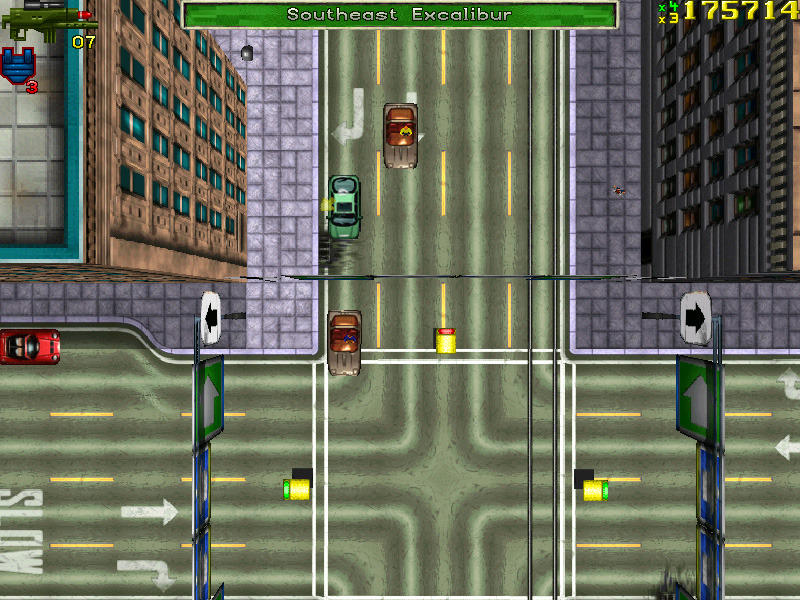

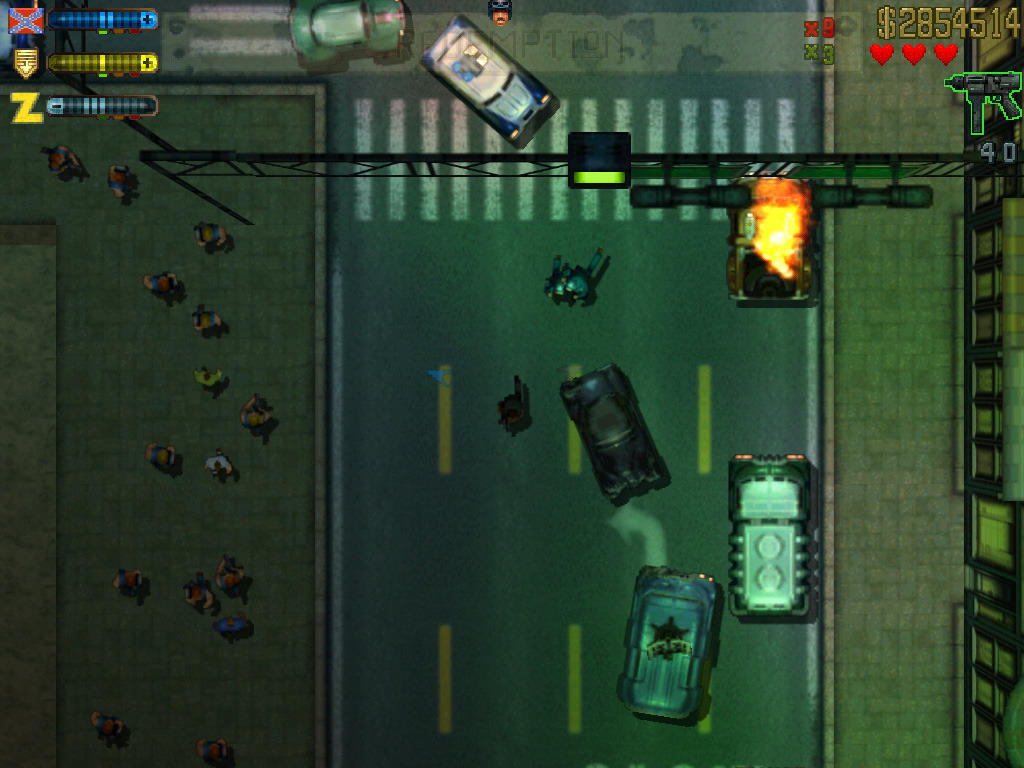
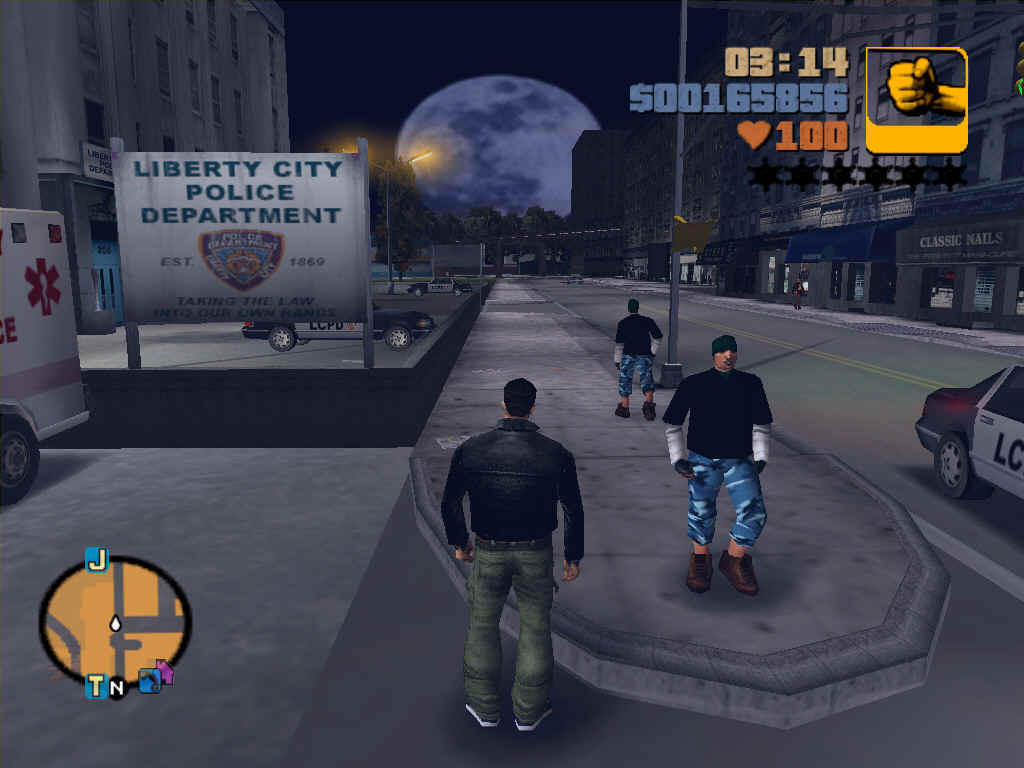
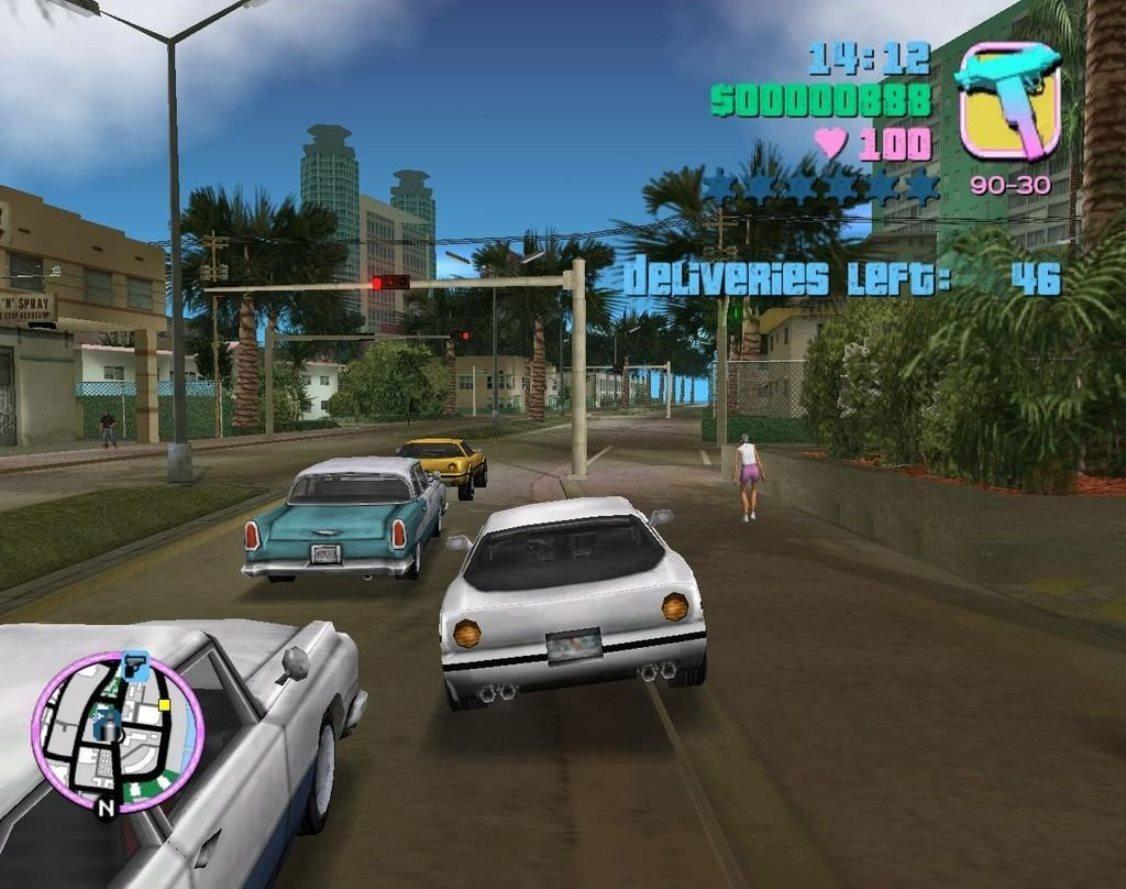
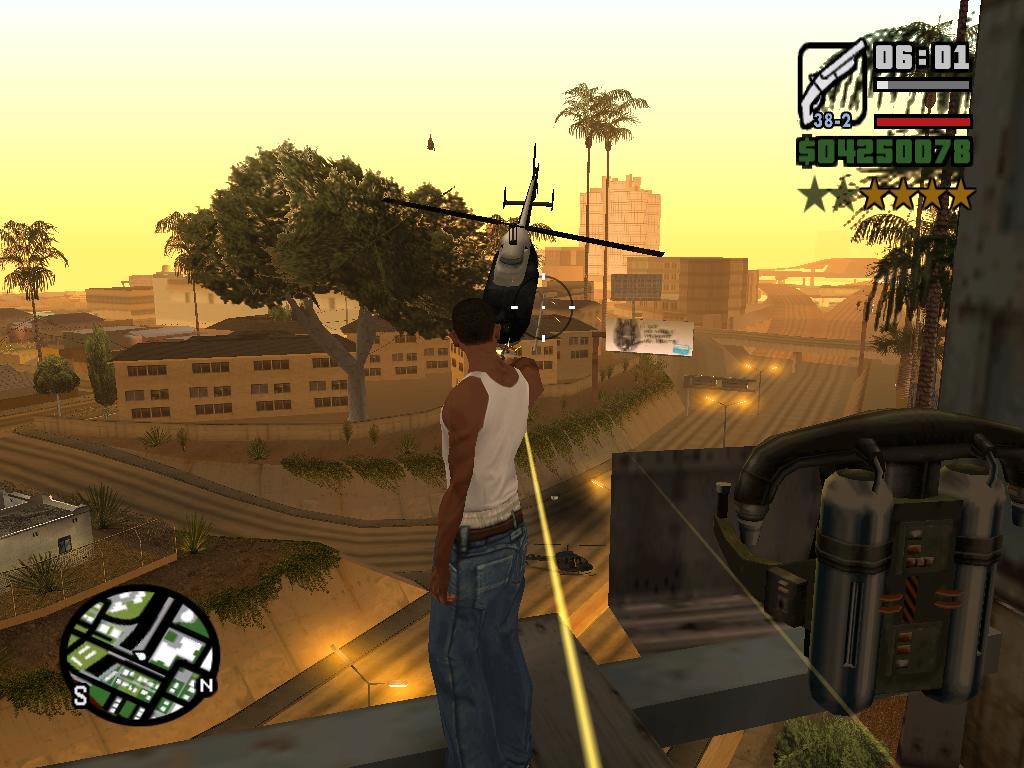

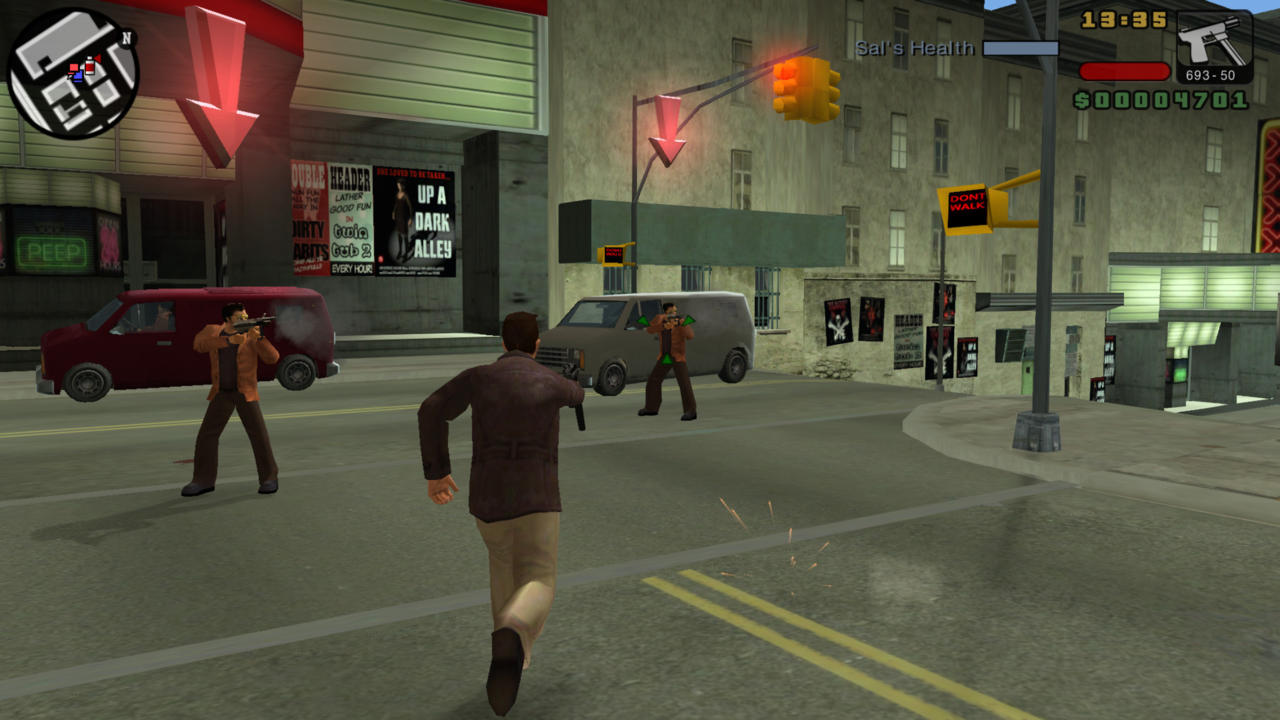



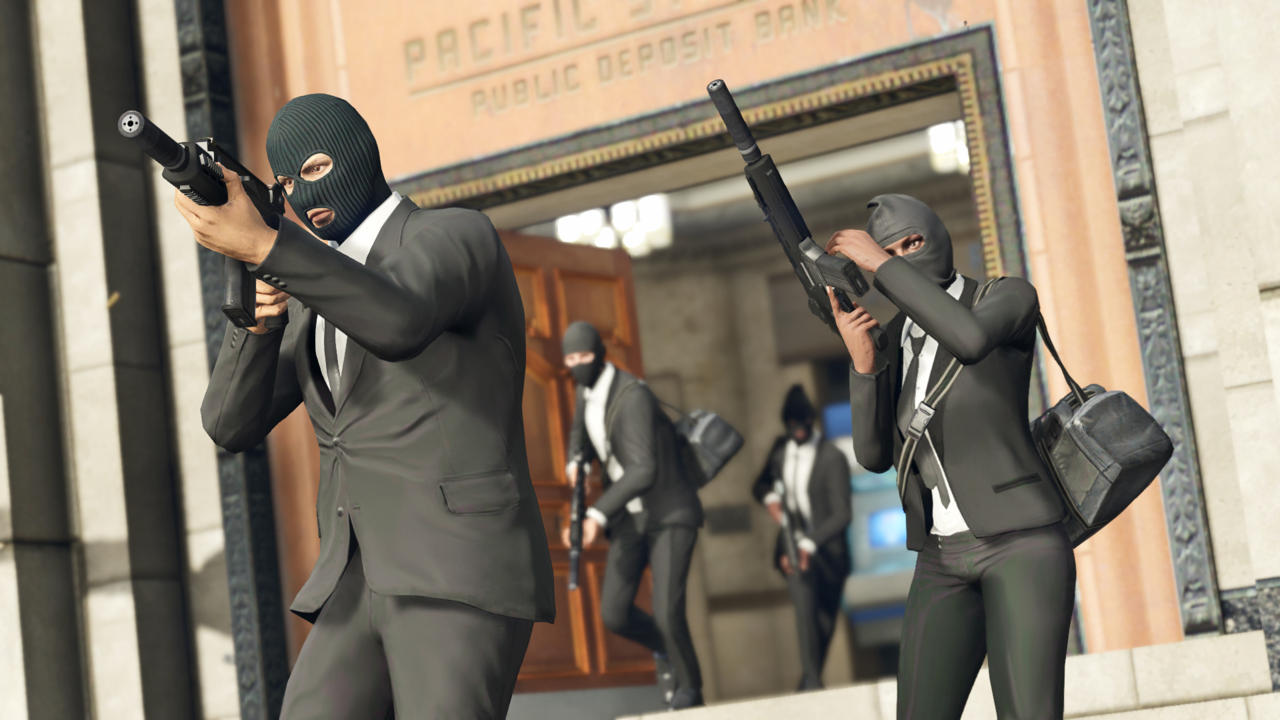
0 Response to "Gta 5 Cars Easy to Flip Over Stranger Things Season 2"
Post a Comment